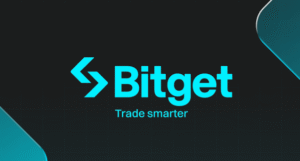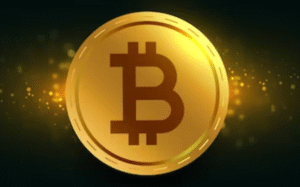#Kraken #USDT #Tether #CryptoRegulation #MiCA #CryptoExchange #Stablecoins #Cryptocurrency
Crypto exchange Kraken recently found itself at the center of speculation regarding the delisting of Tether’s USDT stablecoin for its European users. This speculation was quickly addressed by Kraken’s Global Head of Asset Growth and Management, Mark Greenberg, in a post on X (formerly known as Twitter) on May 18, where he asserted Kraken’s commitment to continue listing USDT in Europe. This clarification came in response to reports suggesting Kraken might cease support for USDT should the stablecoin not align with the upcoming Markets in Crypto-Assets (MiCA) regulations set to be enforced in July within the EU. MiCA aims to establish a comprehensive regulatory framework for crypto assets, emphasizing adherence to Anti-Money Laundering (AML) and Counter-Terrorism Financing (CTF) standards, thus aiming to protect investors and maintain the integrity of the crypto market.
Given Tether’s standing as the largest stablecoin by market capitalization—exceeding $110 billion and holding approximately 69% of the market share—the news had significant implications. Tether’s extensive use and trade volume underscore its critical role in the digital asset industry, sparking notable concern within the crypto community over the speculation of Kraken potentially delisting USDT. However, Greenberg’s reassurance placated these fears, highlighting the importance of USDT to Kraken’s European clients and the exchange’s intention to navigate the regulatory landscape to continue providing access to USDT.
Beneath the surface of this incident lies a broader discussion on the evolving regulatory environment for cryptocurrencies in Europe and globally. Amidst welcoming MiCA for the regulatory clarity it brings, some industry figures such as Tether CEO Paolo Ardoino express apprehensions. Ardoino, in particular, emphasized the need for stablecoin issuers to prioritize maintaining 100% reserves in treasury bills over uninsured cash deposits—a position informed by past banking crises involving stablecoins in the US. This stance not only reflects a cautious approach in light of past experiences but also a proactive attitude towards ensuring the stability and security of stablecoins against the backdrop of regulatory changes. Through incidents like these, the crypto community is reminded of the delicate balance between innovation, market freedom, and the necessity for regulatory frameworks that safeguard the interests of all stakeholders in the cryptocurrency ecosystem.







Comments are closed.